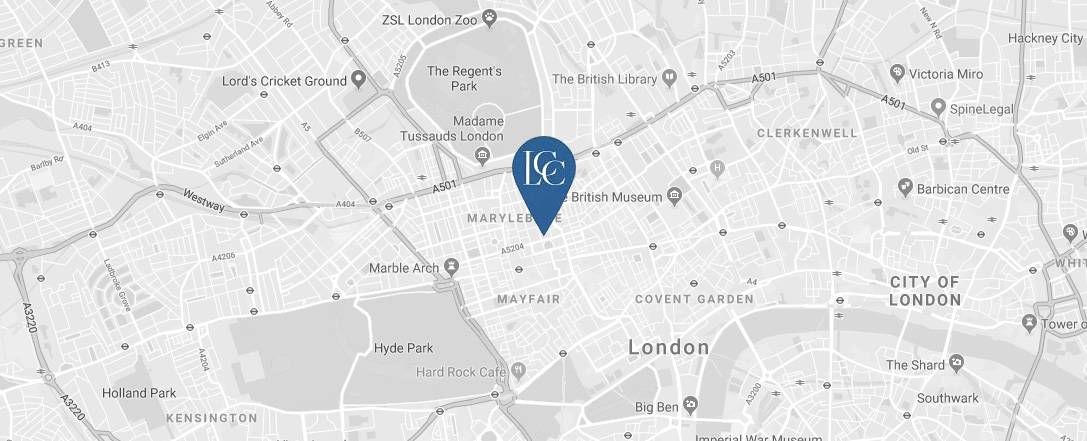Skin growth and benign tumours of the skin
What causes growth on the skin?
Skin growth can have many different causes, which will impact how they look or feel. They can develop on or underneath the skin. They may range from warts, skin tags, lipoma (fatty deposits under the skin), cysts, inflammatory acne, benign tumour, lymphoma (cancer of the lymph system), or skin cancer, including basal cell carcinoma, squamous cell carcinoma, or melanoma.
When the growth is controlled and the cells do not spread to other parts of the body, the skin growth (tumour) is noncancerous (benign). When the growth is uncontrolled, the tumour is cancerous (malignant), and the cells invade normal tissue and may even spread (metastasize) to other parts of the body.
What are the most common types of skin growths?
Warts – Warts and verrucae are rough lumps or growths which can appear anywhere on the skin caused by infection of your skin with the human papilloma virus (HPV). There are many different types of warts and are often located on hands and feet.
Seborrheic keratoses– These are noncancerous (benign) skin growths that some people develop as they age. They often appear on the back or chest but can occur on other parts of the body. They grow slowly, in groups or singly. Most people will develop at least one seborrheic keratosis during their lifetime.
Actinic keratosis – is a rough, scaly patch on the skin that develops from years of sun exposure. It is often found on the face, lips, ears, forearms, scalp, neck or back of the hands. They are not cancerous, but a small fraction of them will develop into skin cancer. Sometimes they disappear on their own but might return after more sun exposure. It is hard to tell which actinic keratoses will develop into skin cancer, so they’re usually removed as a precaution.
Skin Tag – These are small flesh-coloured or brown growths that hang off the surface the skin. They often appear in areas of irritation or where skin rubs together, like the neck or armpit. These are benign. They are more common after age 40 and can happen to anyone but are more likely to appear on people who are obese, have diabetes, or have a family history. Although they are completely harmless, they can increase in size and numbers and become unsightly and irritated.
Sebaceous Cyst – One of the most common causes of a skin lump, these are round , smooth and soft cysts filled with keratin, which is a protein produced by skin cells that gives strength and flexibility. Also called “Epidermoid cysts”, they are often appeared as a painless lump under the skin that has a central pore on the face or back. This happens when skin does not mature properly and folds into itself, forming the pore.
Dermatofibroma– These are benign nodules that may be found on the lower legs. They look like a small, red raised bump and are firm and “rock-like.” They are very common and do not have a known cause.
Lipoma– This skin lump is actually a common benign tumour of fat that grows in the skin’s fat layer that can pop up anywhere on the body. It can run in families, so there may be a genetic cause. They are normally soft with ill- defined edges and typically not painful.
All these conditions can be an indicator of more serious issues such as skin cancer, so require immediate attention by a fully qualified dermatological practitioner.
How can skin growths be treated?
Often skin growth is not dangerous and it can be left alone if not bothersome. Many of them, however, won’t go away on their own and require treatment. Depends on the condition of the lesions; painful and inflamed lesions can be alleviated by simple cortisone injections. To remove permanently, they can be either done by surgical excision or scrapping or burning off by electrosurgery.
At The London Cosmetic Clinic Harley Street, we offer thorough evaluation on your existing or new skin growths and spots and recommend treatment options if needed. If they are best removed, we offer a range of treatments using topical applications, surgery and laser treatments which can be easily done using clinically-proven methods and techniques to restore the health and vitality of your skin.
Check Our Pricelist
Skin growth and benign tumours of the skin Treatments
Topical treatment
Small lesions of warts can be treated with topical immunomodulator cream which is approved for treating anogenital warts. Although, it does not destroy the viruses directly, it works on the immune system to help the body fight viruses that cause warts. This method usually used in combination with the other forms of treatments to ensure the most effectiveness of the treatments is archived.
View Frequently Asked Questions
frequently asked questions
The cream may be used as a monotherapy or combined therapy. It can be more effective if used in conjunction with retinoids due to synergy between the two medications.
After paring the top of the wart and first paring the top of the wart and then the cream is applied nightly under occlusive wraps for 4 to 8 weeks. This can also be treating with salicylic acid and 5-fluorouracil plaster in the morning and imiquimod under occlusion nightly for 8 to 12 weeks.
It usually takes 8-10 weeks for your warts to disappear, but warts may clear as early as 4 weeks.
Cortisone injections for benign skin lesions
This procedure involves injecting the skin lesion with a steroid solution, to reduce its appearance and reduce symptoms such as itching or pain. The steroid preparation most commonly used in this procedure is called triamcinolone acetonide. It works in several different ways, but is particularly useful in the treatment of warts, benign tumours and various lesions of the skin as it helps to suppress inflammation and reduce the amount of collagen, forming within the skin. There is no special preparation needed when administering this treatment in clinic and after the treatment you can return to your everyday activities with no clinical downtime. Depending on the skin condition being treated, further treatment sessions may be advised, several weeks apart.
Electrocautery for benign skin lesion removal
Electrocautery is an effective medical technology to remove these benign (non-cancerous) skin growths. This procedure uses heat from an electric current to destroy abnormal tissue, such as a tumour or other lesion. Simultaneously it also used to control bleeding during surgery.
Prior to this treatment a local anaesthetic will be administered, to ensure your comfort throughout the treatment. The procedure involves using a light electrical current to heat up the skin, in order to achieve tissue destruction in a very narrow and targeted location.
View Frequently Asked Questions
frequently asked questions
Following the treatment, you can return to your daily activities immediately after your and a protective dressing will be applied, so that you do not rub or catch the skin. You should keep the wound bandaged and dry for the first day.
After the first 24 to 48 hours, wash around the wound with clean water 2 times a day. You may cover the wound with a thin layer of petroleum jelly, such as Vaseline, and a non-stick bandage. Apply more petroleum jelly and replace the bandage as needed.
Electrocautery usually leaves behind a wound which may take 1 to 6 weeks to heal. Healing usually occurs within 2 to 4 weeks. The time it takes the wound to heal depends on the size of the lesion. Healing time may be prolonged if a large area of tissue is burned.
Curettage and cautery of a skin lesion always leaves some degree of scarring as it is not possible to curette the skin without this happening.
Surgical removal of benign skin lesions
Depending on the size of the lesion, there are many methods to remove the lesion permanently. Small lesions can be removed either by the use of a surgical instrument called a curette to scrape off and remove the wart or lesion. Otherwise, they can be burnt off with electrocautery. Bigger lesions can be removed by surgical excision. After cutting it out, small stitch mat be required.
Prior to these treatments a local anaesthetic will be administered, to ensure your comfort throughout the treatment.
Shave biopsy
Lesions that are entirely above the skin surface can be easily shaved off using a surgical blade. Light cautery is used to shop bleeding and the wound left to heal by without any stitches needed.
Curettage and cautery
This method refers to the use of a sharp spoon-like instrument to scrape off a predominantly top or superficial layer of the skin lesion, followed by light electrosurgery which is applied to the skin thoroughly remove all the soft tumour cells. Cauterization then may be used to shop bleeding.
Complete excision (excision biopsy)
This is the standard way to remove a lesion where there is any possibility that it might be cancerous. It is a type of skin biopsy – this means the whole skin lesion is cut out and removed.
It is usually done under local anaesthesia to block any pain. The doctor uses a surgical blade to remove the whole lesion, as well as some normal skin around the edge if needed. The wound will then closed using stitches and cover it with a dressing.
You can return to your daily activities immediately after your treatment and a protective dressing will be applied, so that you do not rub or catch the skin.
Stitches or sutures will normally be removed after five to 14 days depends on the location of the wound
View Frequently Asked Questions
frequently asked questions
How quickly your wound heals depends on its size. Healing of the wound can take several weeks, but is usually complete within two months. This may cause a scar that should fade with time.
Prior to any surgical or non-surgical treatment being carried out here at The London Cosmetic Clinic, we will ask that you attend a no obligation consultation, examination and medical history check, so that we can advise you of the best course of treatment for your specific requirements.




